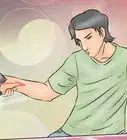This article was co-authored by wikiHow Staff. Our trained team of editors and researchers validate articles for accuracy and comprehensiveness. wikiHow's Content Management Team carefully monitors the work from our editorial staff to ensure that each article is backed by trusted research and meets our high quality standards.
This article has been viewed 68,433 times.
Learn more...
Learning how to hold a ping pong paddle is the first step towards mastering the sport of table tennis. Luckily, there isn't just one right way to hold a ping pong paddle. There's the popular shakehand grip, best for beginners, and the versatile but tricky to master penhold. There are even alternative grip styles like the "V," "Seemiller," and reverse penhold that could be interesting to try, but because of their rarity, you may have to rely on yourself for practice. All of these styles have strengths and weaknesses, so in the end you can just choose what feels best to you.
Steps
Using a Shakehand Grip
-
1Fit the blade of the paddle in the space between your thumb and index finger. If you look at your hand you’ll see the “V” shape that your thumb and index finger form. Place the paddle in your hand and move it so that its inside right bottom edge rests in that “V”.[1]
-
2Wrap your middle, ring, and pinky fingers around the handle. These are the only fingers you use to hold the ping paddle handle with a shakehand grip. These fingers should look similar to how they look when you’re shaking someone’s hand.[2]
- Try moving the paddle up and down in a hand-shaking motion to the feel for this grip.
Advertisement -
3Rest your index finger against the outside of the paddle. Again, think of shaking someone’s hand. Your index finger is usually pointed outwards instead of curled in. This will help stabilize the paddle when you swing.[3]
- If it feels more comfortable, let the tip of your finger rest against the side edge.
-
4Curl your thumb around the front of the handle if you want greater wrist flexibility. This is called a shallow shakehand grip, and it's probably the most natural grip for beginners. It’s great for high freedom of movement for the paddle, which will make returning the ball easier.
- While this grip is usually pretty natural feeling, if it doesn't feel right to you, that may be a sign to try something else.
-
5Rest your thumb against the front face of the paddle if you want a firmer grip. While this deep shakehand grip limits wrist flexibility, it works well for precise shots that don’t need a lot of power. Holding your paddle this way will also make it easy to switch the paddle from side to side, so it's great for both forehand and backhand shots.
- You can always switch between this thumb position and wrapping your thumb around the handle to get the benefits of both!
-
6Keep your grip loose. Of course you want to grip the paddle firmly enough so it doesn’t fly out of your hand when you play, but a person should still be able to grab the paddle from you with only slight resistance.[4] A too-tight grip will limit wrist flexibility too much making it difficult to hit or spin the ball.[5]
- The paddle should feel like a natural extension of your arm, moving as freely as you move your hand.
-
7Hold the paddle so its edge is perpendicular to the ground. You’ll notice your wrist tilts slightly downward. While the angle of the paddle will shift as you play, you want your wrist to stay in this position.[6]
- Avoid floppy wrists when you swing! This will lead to you mis-hitting the ball. You need your entire forearm to swing and if you move your wrists around too much they’ll get tired.
Trying a Penhold Grip
-
1Rest the handle in the space between your thumb and index finger. See the “V” shape formed by your thumb and index finger. With the handle angled upwards, rest its edge inside that “V” the way you would a pen.
-
2Grip the handle between your thumb and index finger. Form a loop around the handle. Imagine writing with the paddle like a pen or pencil, and try moving it around in a pen writing motion to get a feel for the grip.[7]
-
3Keep your remaining fingers relaxed if you want greater wrist flexibility. For the Chinese penhold grip, lightly grip the outside face of the paddle with the tips of your middle, ring, and pinky fingers. Keep your fingers in a relaxed position.
- Holding the paddle this way will give you a wide range of motion and make it easy to block and push the ball.
- This grip makes it hard to consistently use backhand topspin or the spinning of the ball using the outside part of the paddle.
-
4Straighten your middle, ring, and pinky fingers for more powerful strokes. For the Korean/Japanese penhold grip, the edge of your middle finger should lightly grip the outside face of the paddle with your ring and pinky stacked on top of it. You want your fingers to be rigidly straight.
- Holding the paddle this way will let you easily return a ball when standing far away from the table.
- Straight fingers can restrict paddle blade movement, making it harder for you to switch the paddle angle to reach the ball.
Holding a Paddle in Other Ways
-
1Use the “V” grip for high power and ball spin. Hold the blade of the paddle between your index and middle finger, forming a “V” shape. Place your thumb where it feels most comfortable.
- This grip ideal for wide-angle shots.
- Keep in mind that isn’t as popular as the penhold or shakehand grip, so finding a coach that specializes in it can be hard.
-
2Block effectively with the Seemiller grip. Wrap your fingers around the handle of the paddle and rest your index finger on its back face as close to the bottom edge as you can get it. Use your thumb to grip the paddle blade with your index finger from the other side.
- Since backhand wrist flexibility is limited for this style, you may want to make backhand shots using the forehand side of your paddle.[8]
-
3Achieve heavy topspin with the reverse penhold grip. Hold the paddle handle between your thumb and index finger and rest your remaining three fingers against the paddle's outside face, keeping them relaxed. Angle the paddle in your hand slightly up so you can use both sides of the paddle to hit the ball.
- This grip is very similar to other penhold grips. The difference comes down to the angle you hold paddle and your style of play, and it's not unusual to see this grip combined with the Chinese or Korean/Japanese penhold styles.
Community Q&A
-
QuestionIs it wrong to have a forehand and a backhand grip?
 Yew Ning XuanCommunity AnswerNope. Table tennis players are free to use a forehand or a backhand grip. However, it is best to use a grip that you are more comfortable with.
Yew Ning XuanCommunity AnswerNope. Table tennis players are free to use a forehand or a backhand grip. However, it is best to use a grip that you are more comfortable with.
References
- ↑ https://www.newgy.com/blogs/coaching-tips/the-shakehand-grip
- ↑ https://www.newgy.com/blogs/coaching-tips/the-shakehand-grip
- ↑ https://www.newgy.com/blogs/coaching-tips/the-shakehand-grip
- ↑ https://www.newgy.com/blogs/coaching-tips/the-shakehand-grip
- ↑ https://www.tabletenniscoach.me.uk/7-common-beginner-mistakes-table-tennis
- ↑ https://www.newgy.com/blogs/coaching-tips/the-shakehand-grip
- ↑ https://www.myactivesg.com/Sports/Table-Tennis/Training-Method/Table-Tennis-for-Beginners/How-to-hold-a-table-tennis-racket
- ↑ https://www.myactivesg.com/Sports/Table-Tennis/Training-Method/Table-Tennis-for-Beginners/How-to-hold-a-table-tennis-racket
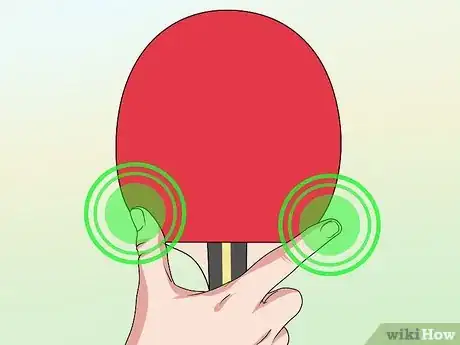
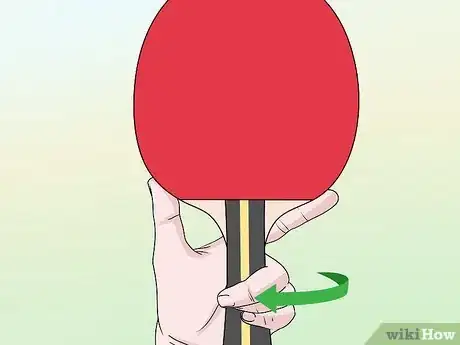
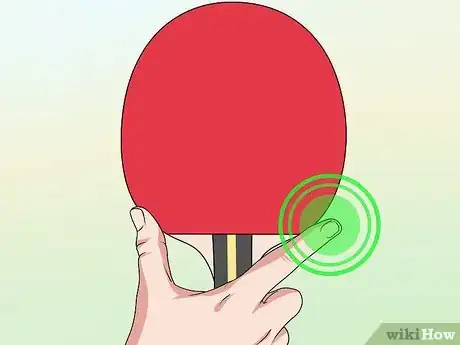
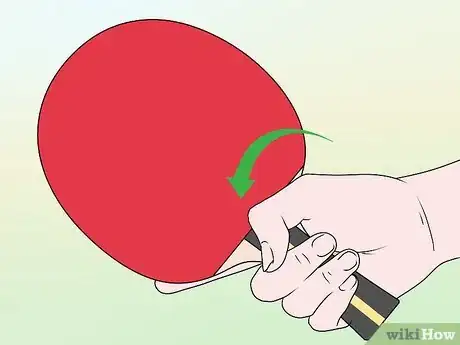
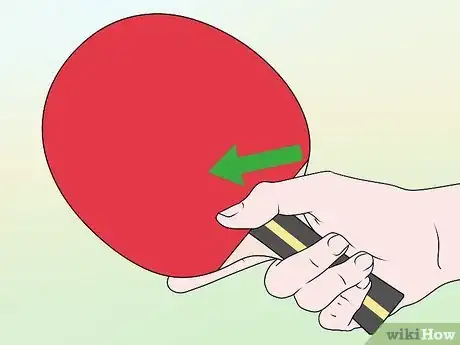
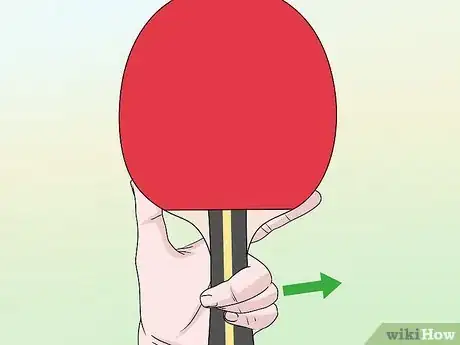
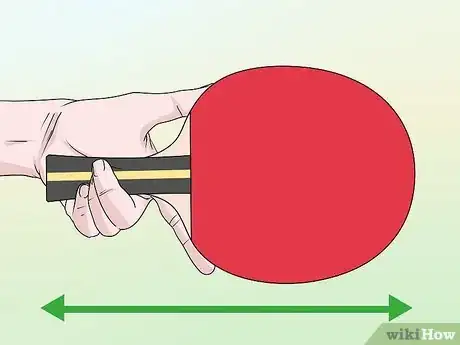
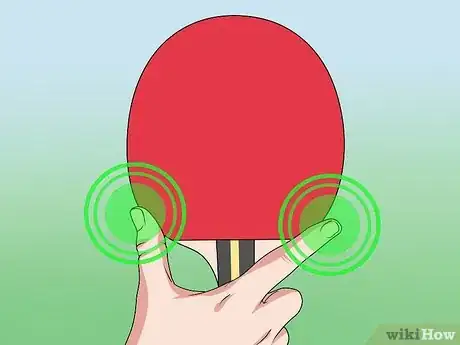
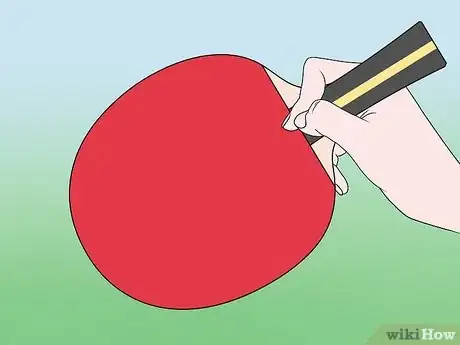
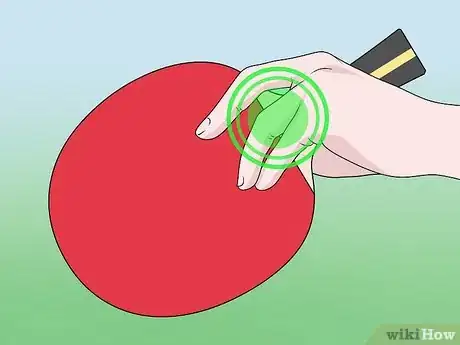
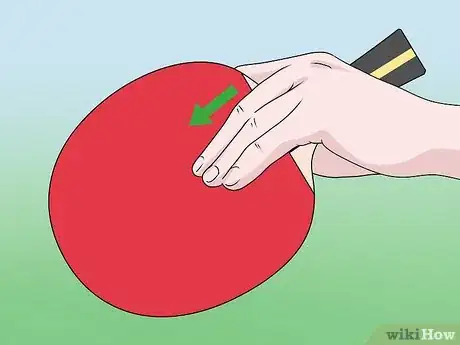
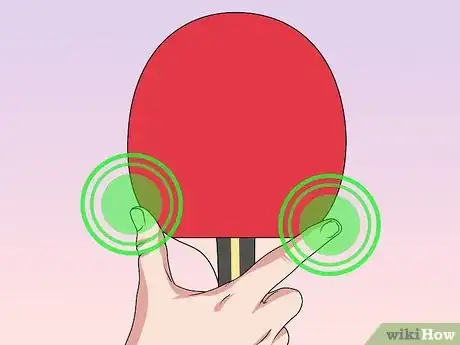
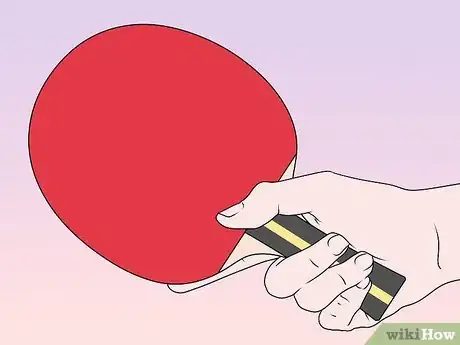
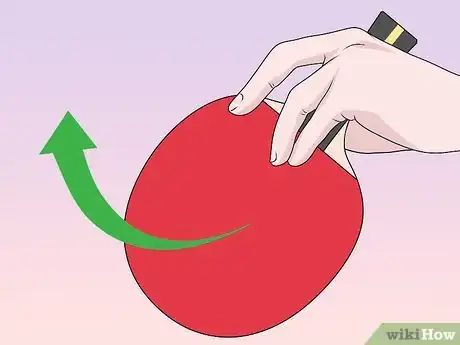
-Step-19-Version-4.webp)


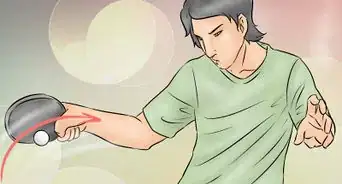
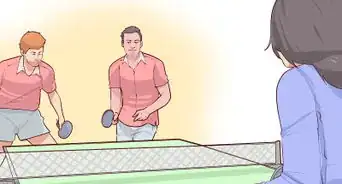
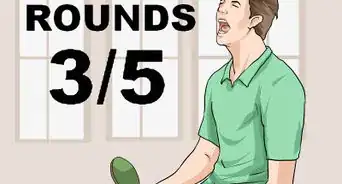
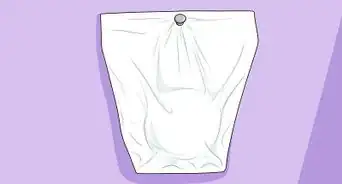
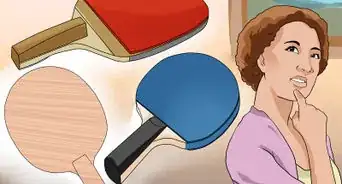








-Step-19-Version-4.webp)


